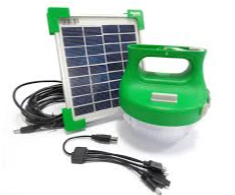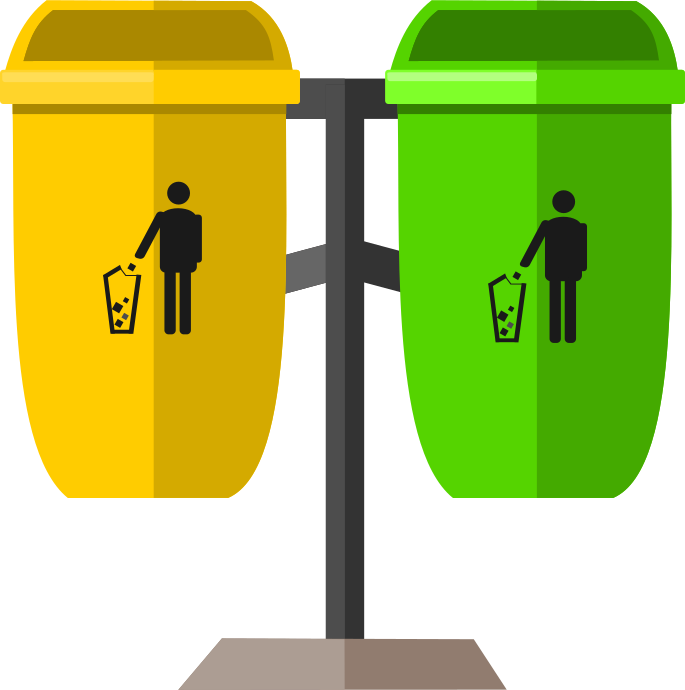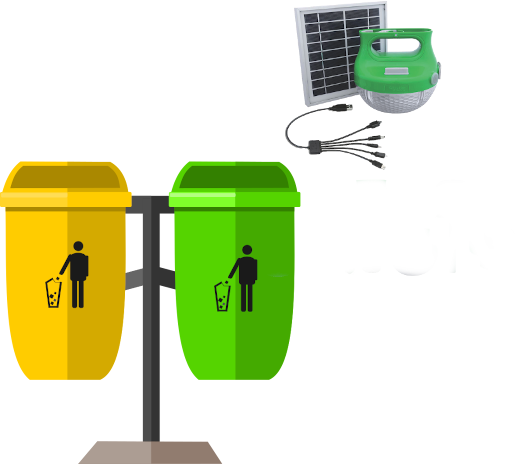
With an estimated population of around 1,000, Bambeto is a village of the Republic of Guinea (West Africa) located approximately 300 km from the capital Conakry. It is located in Pita which is in the region of Fouta Djallon. This region of Fouta nicknamed the “Water Tower of West Africa” is located in the center of Guinea and is well known for its significant rainfall and its varied vegetation.
Like all villages in this region, Bambeto does not yet have access to energy. Wood fires, battery-powered torches and traditional diesel lamps are often used for lighting overnight.
Its growing population with high illiteracy rate uses on many occasions plastic items, cans and other items that are not biodegradable.
The village has no waste collection structure: the villager throws his waste behind his house, in his corn field, behind his fence, in short, waste is thrown everywhere.

Today, its vegetation is starting to suffer from this situation which considerably affects its entire.
environment. In a global context where climate change is at the heart of all debates, protecting the environment becomes the responsibility of each and every one of us.
Goals of the project
The aim of this project is to address two main issues for the local population:
Access to energy (Solar Lamp)
This first part of the project aims to buy and distribute solar lamps (for example Mobiya type lamps) to each household in the village.
This will allow villagers to
- Light by renewable energy each home

- Significantly reduce wood fires, thus reducing wood consumption
- Reduce the use of battery-powered torches because these batteries are most often thrown in the nature with all the consequences that this can cause.
- Have clean and renewable lighting and allow them to charge their phones
Protecting the environment
This second part of the project will aim to raise awareness the villagers on the protection of the environment through workshops. Then train them on sorting waste to facilitate waste collection and management. And finally, provide equipment to villagers to enable them to collect and transport waste to an area dedicated to waste treatment.
This will allow villagers to:

- The villagers to become aware of the need to protect their environment
- Make the environment healthy for a population that lives mainly from agriculture and livestock
- Have a structure for collecting and transporting waste, a structure which we hope will serve as an example for the other villages and will be reinforced thereafter by the local authorities
- Integrate environmental subjects into children’s day-to-day education
A strong involvement of local authorities is necessary for the success of this project. This is why these authorities will be at the forefront throughout all the project steps to guarantee sustainability.
What we need
For the 340 houses, we need the following materials:
- Mobiya lamps
- Individual waste bins
- Common waste bins
- Common waste bins for batteries
- A way to transport waste


Leave a Reply